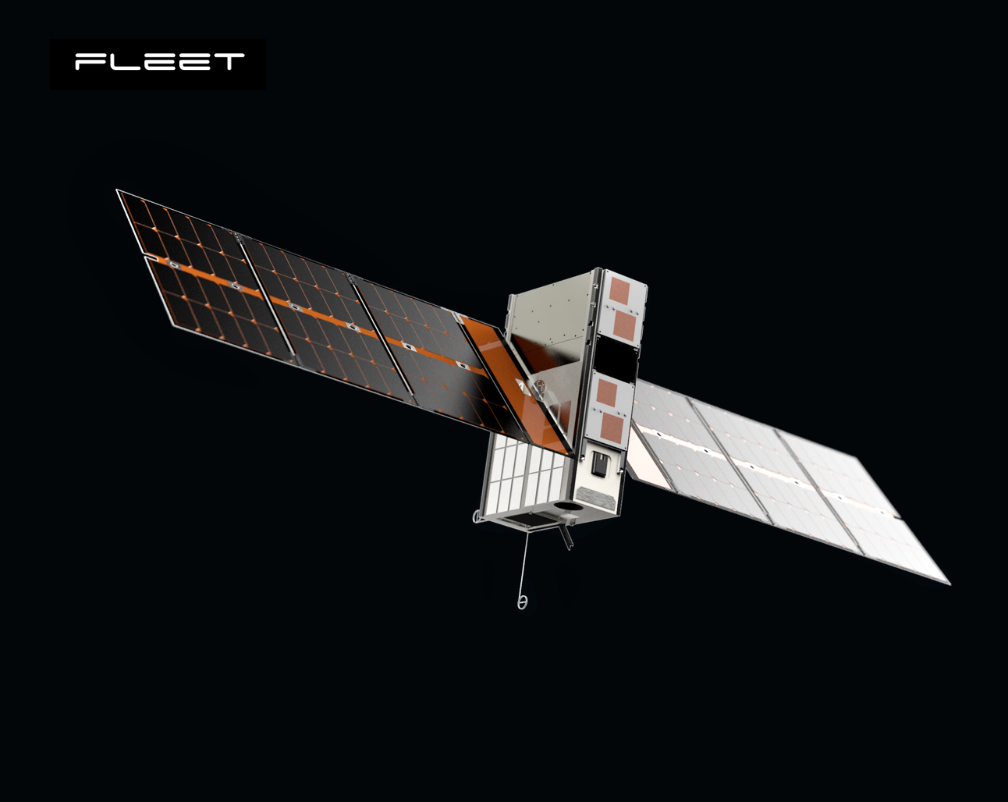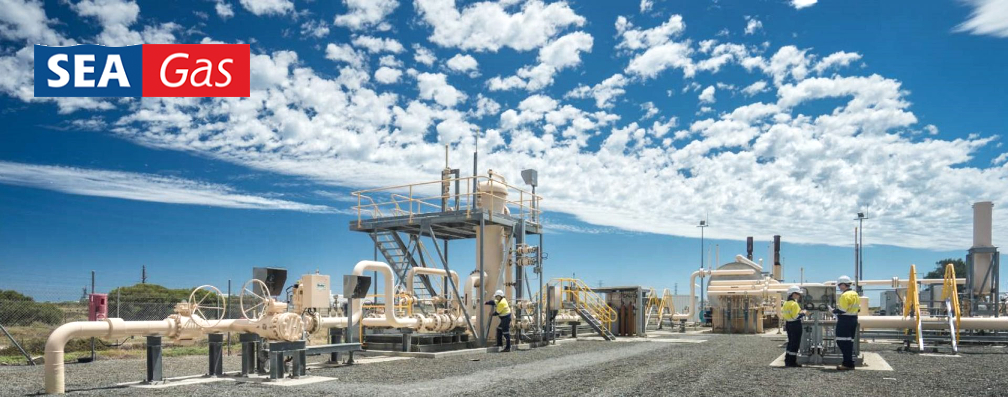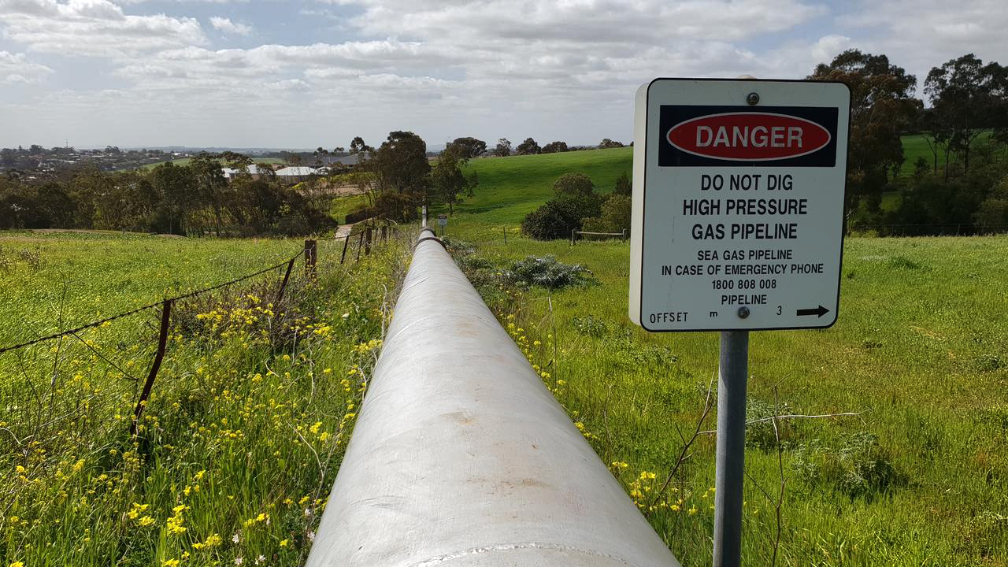
Fleet Space Technologies has announced the deployment of their Smart Sign Technology for Continuous Easement Interference Monitoring project with high pressure transmission pipeline operator, SEA Gas.

Fleet Space, in collaboration with the Future Fuels Cooperative Research Centre (CRC) and the University of Woolongong, will deliver a scalable, end-to-end, remote IoT monitoring solution for SEA Gas, whose 700km+ pipeline asset runs throughout South Australia and Victoria. The collaboration will position SEA Gas as a world leader in pipeline management with the roll-out of Fleet Space’s “Smart Post Technology,” enabling rapid and reliable response to potential threats near to their linear asset.
The expectation is that this smart ‘always on” surveillance system will prove to be an even more efficient means of monitoring activity in the vicinity of the underground pipeline and improve the detection of possible threats from human, machinery and vehicle activity, improving on the current periodic human-based pipeline air and ground patrols currently in use.
The collaborative Network Lifecycle Management research program is partly funded by Future Fuels CRC, who are enabling the decarbonization of Australia’s energy networks, and brings together the University of Wollongong’s Smart surveillance sensor and IP Management research, with the IoT infrastructure and network validation provided by Fleet Space Technologies.
The Fleet Space solution involves the deployment of hundreds of “Smart Posts” along the pipeline network, creating a terrestrial wireless network of low-cost ruggedized IoT devices – cameras the size of an index finger – that will talk to the Fleet Portal Gateways through the LoRa network. The smart image recognition cameras will be taught to identify any unwanted activity along the pipeline including people, animals, and vehicles, through machine learning algorithms. This data is then fused with Earth Observation (EO) mapping visualization, transmitted over the low cost Fleet Space smallsat network, enabling SEA Gas to seamlessly receive reliable, actionable insights throughout their pipeline network 24/7.

As one of the most significant risks to the pipeline industry, successful management of external interference will ensure reliability and continuity of supply for SEA Gas and their stakeholders, while also guaranteeing the safety of the community and the environment.
Projected savings through automated monitoring are potentially upward of $200,000 per annum, through the redeployment of labour currently dedicated to pipeline patrol activities. In addition to immediate alerts to potential emergencies, there is the added benefit of eliminating the safety risks associated with manual worker inspections.
Once Fleet Space’s scalable network is in place, SEA Gas has the opportunity to significantly expand its monitoring capabilities to include leakage detection and remote cathodic protection data logging.
This ground-breaking technology has the ability to be adopted by any industry with a linear asset base, driving decreased costs for the company and increased safety for workers.
Stage 1 of the project will begin rolling out in Murray Bridge, with the installation of Smart Posts along 13km of pipeline, with the end goal to achieve total visibility of SEA Gas’ entire 800km asset base in order to optimise operations, saving time and money and reducing risk.
Executive Comments
Fleet Space Co-founder and CEO Flavia Tata Nardini said, “The most significant learning for utilities from this project will be the value of 24×7 digital monitoring across a vast network of linear assets. Manually monitoring at this scale would usually cost in the order of millions of dollars per year to achieve the same result. Fleet Space combines next-generation terrestrial IoT comms with the latest space technologies to provide low-cost industrial connectivity anywhere on the planet. This hybrid communications system will give SEA Gas the best of both worlds – low power devices, connected anywhere they’re needed, with a solution built for truly massive IoT deployments.”
David Norman, CEO of Future Fuels CRC, said, “Maintaining the excellent safety record of Australia’s gas pipelines needs constant innovation and development. Pipelines are very strong but can be damaged by mechanical earth moving or by vehicles. Future Fuels CRC’s research is finding new ways to enhance the protection of pipelines by developing sensors and associated algorithms that can detect and warn of the presence of earthmoving equipment in real time. These sensors will actively search for these potential threats and raise the alarm before damage can occur.”
SEA Gas’ Head of Operations, Eric Bardy, predicts a smart network of this nature could, in practise, not only act as a reliable control but also offer an enhanced method of risk mitigation as part of Safety Management Study assessments. He noted, “More efficient surveillance of our pipeline system, utilising a combination of technologies will continue to reduce the existing low risk of our operation. The promise of releasing workers for higher value add activities provides added incentive to pursue this initiative both within SEA Gas and through the greater pipeline industry.”
